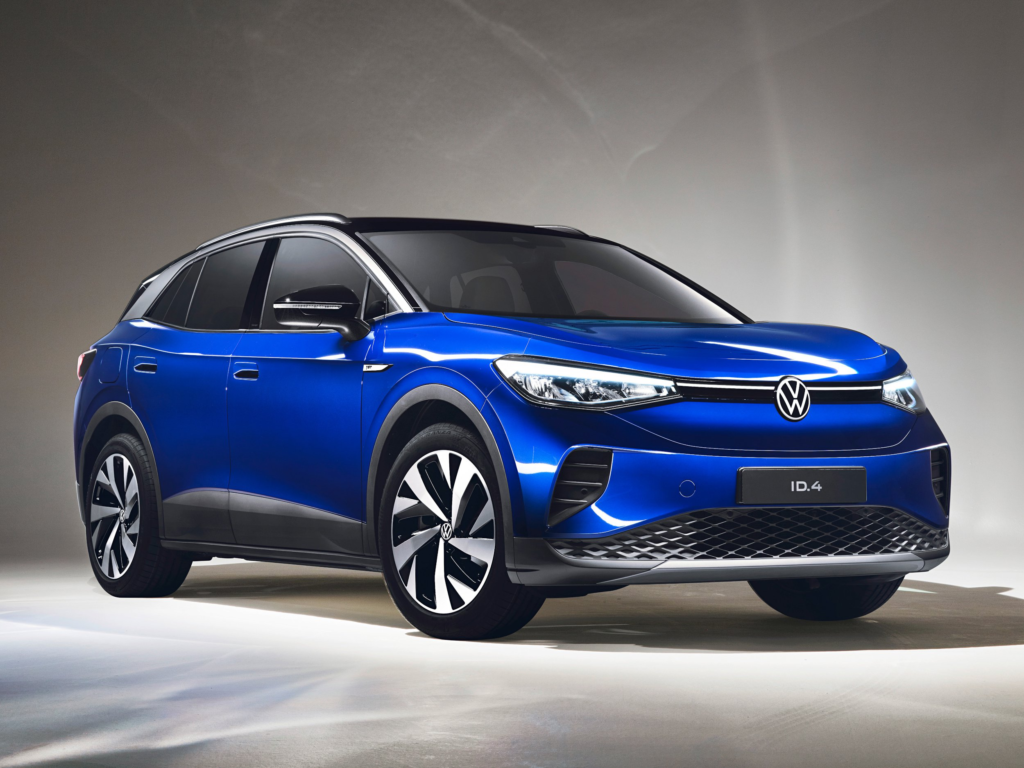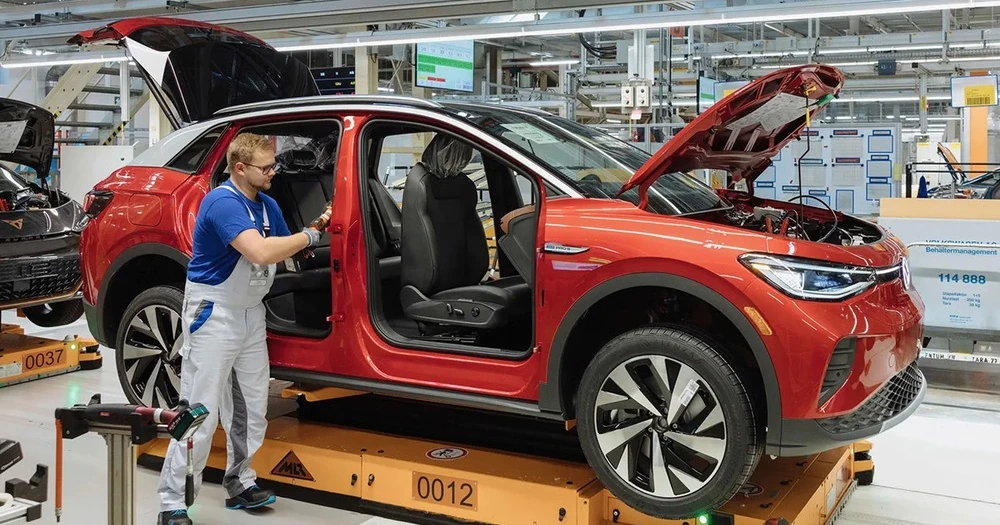“Government policies and incentives play a key role for the run-up of electric mobility”, states a spokesperson from the German Association of the Automotive Industry (VDA) to Mobility Portal Europe.
The European figures from recent years have demonstrated this.
In 2023, electric vehicles (EVs) and plug-in hybrids (PHEVs) established themselves as one of the most popular choices among buyers, concluding the year with a market share of 22.3 per cent.
Additionally, in Germany, a total of 524,219 new EVs were registered last year, marking an 11.4 per cent increase over the previous year, as announced by the Federal Motor Transport Authority (KBA).
Furthermore, it shows a notable and steady growth in its exports of zero and low-emission cars, with a 65 per cent increase in 2023, totaling 985 thousand units.
Specifically, the majority of these were 100 per cent electric (751 thousand, up 82 per cent), with the remainder being PHEVs (234 thousand, up 27 per cent).
This growth has been observed since 2019, excluding the year 2020 due to the Covid-19 pandemic.
“Countries with the most attractive incentive conditions are the export markets with the highest volume of eVehicles on the new passenger car market,” states.
The most significant export market for Germany is the United Kingdom (UK) with 130 thousand exports of electric cars, followed by the United States with 89 thousand units.
Belgium and the Netherlands follow them, according to the latest data published by the Federal Statistical Office (Destatis) last October.
It is worth mentioning the UK grants an exemption from the Vehicle Excise Duty (VED) and a reduction in the tax rate on benefits in kind, until April 1, 2025.
This has resulted in the UK electric market ending 2023 with a share of 23.9 per cent.
However, starting from next year, VED rates will be equalized across all vehicles.
The Society of Motor Manufacturers and Traders (SMMT) states that in 2023, EVs represented one in every six newly registered cars in the UK.
Most were acquired by companies and fleet buyers benefiting from attractive tax incentives.
In contrast, one in every 11 private buyers chose an EV due to the lack of subsidies.
Therefore, the industry is calling on the government to support this buyers by halving the VAT on new EVs for three years.
This temporary cut would give private consumers access to fiscal support at a level similar to that enjoyed by business buyers, allowing manufacturers to deliver higher volumes of zero-emission cars.
In the past five years, EV adoption has nearly multiplied by 20.
It is worth noting that the British market is crucial for German car manufacturers and suppliers, with the UK being one of the most important exporting countries.
Since January, electric vehicles shipped between the UK and the EU would face a ten per cent tariff unless 45 per cent of their value comes from the two regions, according to the terms set in the Brexit Trade and Cooperation Agreement (TCA).
Despite the significant drop in absolute trade figures with the UK since Brexit, applying high tariffs within the Brexit framework would have been negative for the industries of both countries.
In December 2023, the EU Council approved the extension of the so-called rules of origin for EVs until the end of 2026.
If eCars had been subject to additional tariffs when importing and exporting between the EU and the UK from this year, this would have meant price increases for consumers in many cases.
This would have put the carmakers at a competitive disadvantage compared to their Asian competitors.
Especially considering that China already accounts for 41 per cent of global electric car exports, according to data from a study conducted by Natixis CIB.
With the United States (US), the second country Germany exports to, it’s similar.
The Biden Administration has boosted eVehicle sales last year with a 7,500-dollar tax credit for purchasing qualifying cars.
Additionally, the country had extra incentives granted by almost 20 states, ranging from 1,000-dollar to 7,500-dollar.
According to registration data from S&P Global Mobility, electric cars accounted for 7.7 per cent of total registrations in 2023, a 5.7 per cent increase from the previous year.
In the US, German brands stood out.
BMW had 42,997 sales, followed by Mercedes-Benz with 38,320 registrations, a 243 per cent increase, and Volkswagen came in third with 37,040, an 84 per cent growth.
Since January, it has been easier to access federal EV tax credits, but fewer vehicles qualify for the full 7,500-dollar credit.
This is to pressure companies to bring more jobs to the country, requiring a national supply chain, which could impact German exports.
However, it is important to mention that one of the eligible cars for this incentive is the ID.4 from the German manufacturer VW.

Meanwhile, Belgium stands out for its EV sales to companies.
Currently, on Belgian roads, only one in ten electric cars is purchased by an individual. The rest are professional vehicles.
Volkswagen and BMW were among the most chosen electrified vehicle brands.
Last year, a purchase premium of up to 5,000 euros was granted to buying a zero-emission unit and up to 3,000 euros for second-hand ones.
Finally, the Netherlands is one of the EU countries offering the most incentives.
In 2023, the Dutch could benefit from a financing rate of 2,950 euros for new EVs, under the Subsidy Scheme for Electric Passenger Cars for Individuals (SEPP).
One of the best-selling brands last year was Volkswagen.
At this point, it is important to mention that VW delivered around 394,000 fully eVehicles to customers worldwide in 2023, representing a 21.1 per cent increase compared to 2022.
The main markets for the brand were China, Germany, the United States, the United Kingdom, Sweden, France, Norway, and Belgium.
“In a way, the different international markets compete for the most attractive conditions for customers to register new electric cars,” indicate the VDA.
Last year, the production of electric cars in Germany reached 1.27 million vehicles, a 43 per cent growth.
On the other hand, within the German market, the VDA expects EV registrations to fall by 14 per cent this year, as a result of the elimination of the environmental bonus.








